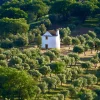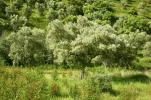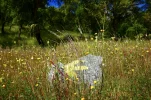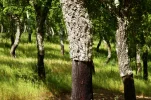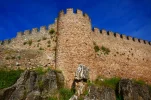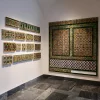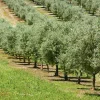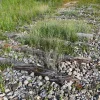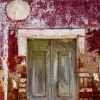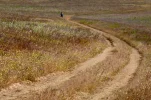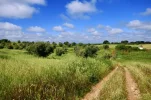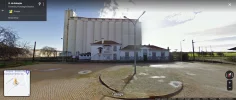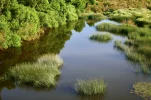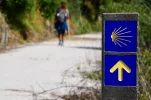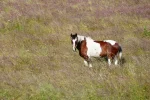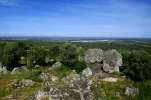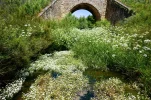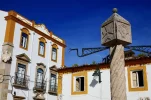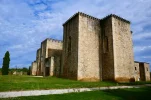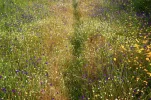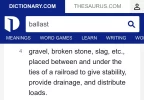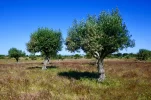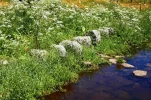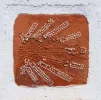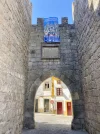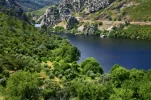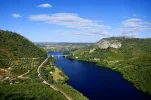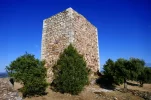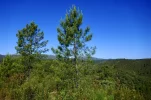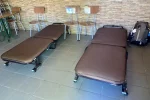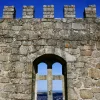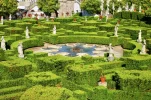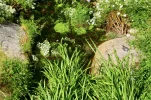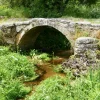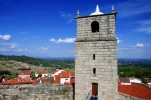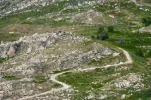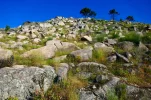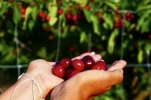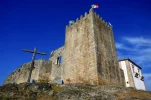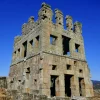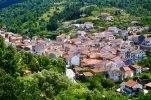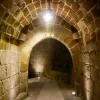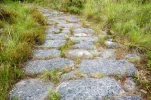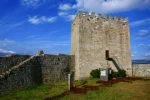Your talking about cork reminded me of the biggest change I saw the last time I was in Évora — many stores selling everything, from umbrellas to carry-on suitcases, made of cork.
We have a friend who owned a cork “plantation” but wound up selling it because of the amount of theft. She used to explain that it was an excellent investment because of the huge time delay between planting a tree and getting cork from it, and that the trend was only going to continue because few investors are willing to invest in something that won’t give any rewards for at least 20 (?) years. So cork must be getting more and more expensive
And so I’m guessing that cost is the real reason why so many wine producers are going to non-cork substances for their “corks.” But it surely doesn’t seem to be in short supply as you walk through the streets of Évora and see the many products all made of cork. So I guess I don’t understand the economics, but that’s ok.
Love your description of the place in Evoramonte, @jungleboy. In fact, I had to look it up and see that you probably enjoyed an atmospheric dinner outside looking over the Alentejo plains, wow just beautiful! I am assuming, because the letter from the owners shows a guy in a kilt, that it is an expat operation!
I am keeping track of the Alentejo spots you have been to. If I ever get back to a regular Lisbon visit again, a return trip to the Alentejo will be high on my list. Especially in spring, it is such a beautiful part of the world during those months.
Bom caminho from one of your many devoted followers!
We have a friend who owned a cork “plantation” but wound up selling it because of the amount of theft. She used to explain that it was an excellent investment because of the huge time delay between planting a tree and getting cork from it, and that the trend was only going to continue because few investors are willing to invest in something that won’t give any rewards for at least 20 (?) years. So cork must be getting more and more expensive
And so I’m guessing that cost is the real reason why so many wine producers are going to non-cork substances for their “corks.” But it surely doesn’t seem to be in short supply as you walk through the streets of Évora and see the many products all made of cork. So I guess I don’t understand the economics, but that’s ok.
Love your description of the place in Evoramonte, @jungleboy. In fact, I had to look it up and see that you probably enjoyed an atmospheric dinner outside looking over the Alentejo plains, wow just beautiful! I am assuming, because the letter from the owners shows a guy in a kilt, that it is an expat operation!
I am keeping track of the Alentejo spots you have been to. If I ever get back to a regular Lisbon visit again, a return trip to the Alentejo will be high on my list. Especially in spring, it is such a beautiful part of the world during those months.
Bom caminho from one of your many devoted followers!




